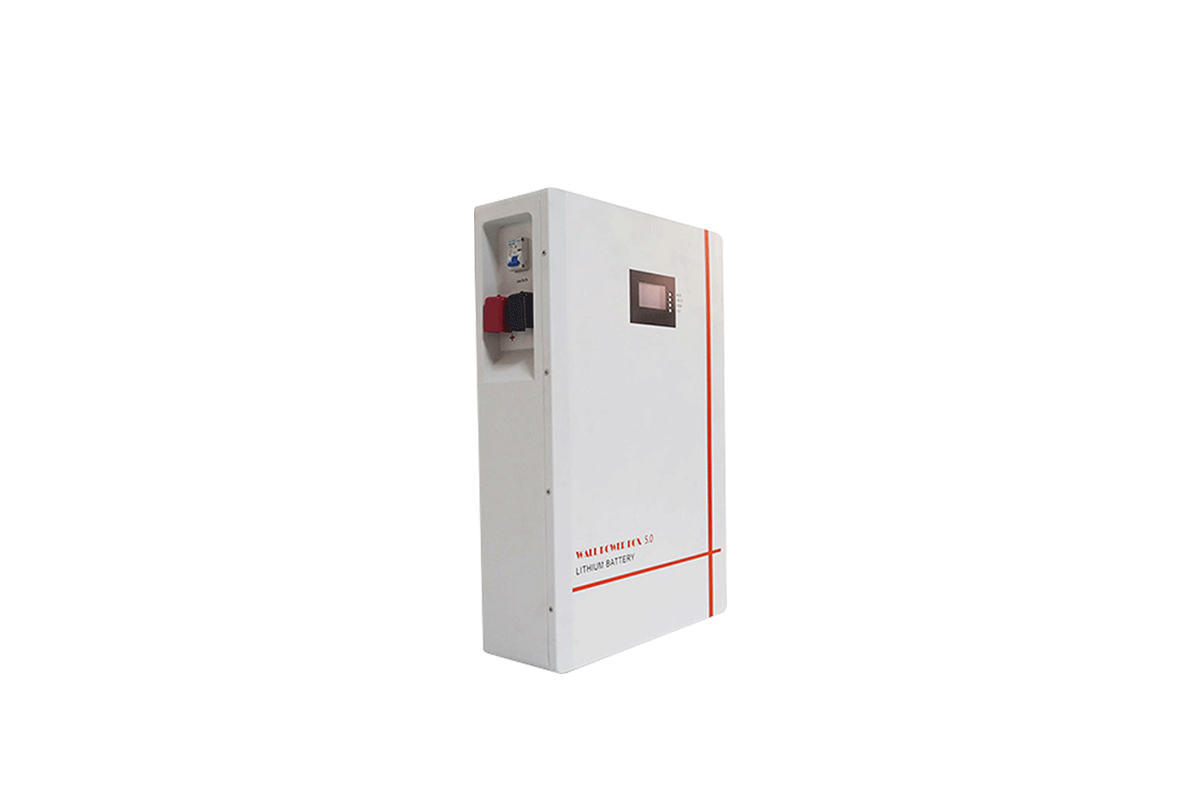

Time:2025-05-10 Views:1

Flow energy storage battery technology represents a significant advancement in the field of energy storage, offering unique advantages that make it a promising solution for various energy - related challenges. At its core, a flow battery consists of two electrolyte solutions stored in separate tanks, which are circulated through an electrochemical cell where the energy conversion between chemical and electrical forms takes place.
The key principle of flow batteries lies in the reversible redox reactions that occur at the electrodes when the electrolytes come into contact with them. During charging, electrical energy is used to drive the redox reactions, causing the chemical species in the electrolytes to change their oxidation states and store energy. When discharging, the reverse reactions occur, releasing the stored energy as electrical power. One of the most notable features of flow batteries is their ability to decouple power and energy. The power output of a flow battery is determined by the size and performance of the electrochemical cell, while the energy capacity depends on the volume and concentration of the electrolyte solutions. This decoupling allows for flexible design, enabling the battery to be scaled up or down in terms of energy storage capacity by simply adjusting the size of the electrolyte tanks without significantly affecting the power - generating capabilities.
There are different types of flow batteries, with vanadium redox flow batteries (VRFBs) being one of the most well - studied and commercially viable. VRFBs use vanadium ions in different oxidation states in the two electrolyte solutions. This has the advantage of eliminating the risk of cross - contamination between the electrolytes, as the same element (vanadium) is used in both half - cells. Other types include zinc - bromine flow batteries and all - iron flow batteries, each with their own set of characteristics and potential applications.
Flow energy storage battery technology has several practical applications. In large - scale renewable energy integration, such as for solar and wind farms, flow batteries can store excess energy generated during peak production times and release it when the renewable sources are not generating enough power. They are also suitable for grid - scale energy storage, helping to stabilize the electrical grid by balancing supply and demand, reducing power fluctuations, and improving the overall reliability of the grid. Additionally, in off - grid or remote power systems, flow batteries can provide a stable and sustainable energy source, ensuring continuous power supply for communities and industrial applications in areas without access to the main power grid.
Read recommendations:
Can Energy Storage Batteries Be Used as Starter Batteries?